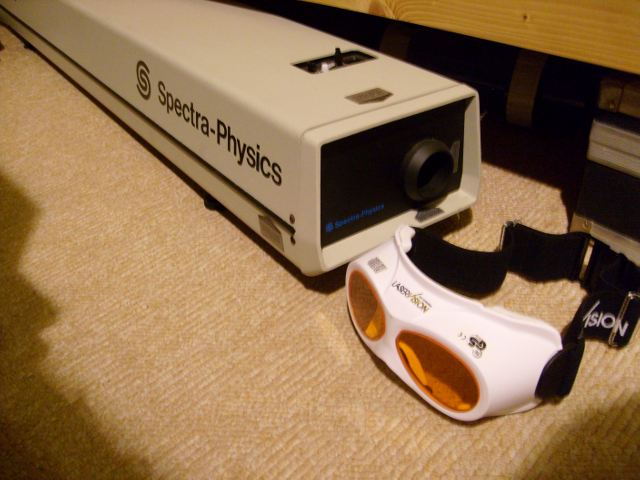I agree that nothing here (or anywhere) trumps safety. That said, each persons safety is their own responsibility. Any self-constructed eyewear should be tested on an individual basis to meet or exceed the same parameters that certified glasses do before even considering treating them as anything more than an experiment. It sounds like Ben knows that, and he should, for it is common sense.
I do not, however, believe that anybody should censor their ideas to create their own safety gear, simply because someone else may read it and attempt it with less sense. Call me cold, call me old school, or just call me a jerk -- I don't care, but if someone injures themselves while not working safely, after reading information or ideas posted here or anywhere on the internet, that is 100% their own fault, and I would not feel the slightest bit of responsibility, nor sympathy.
It is not our job to protect idiots from idiots; that task belongs to Darwin. To censor ideas like these threatens the very nature of open innovation that leads to advancement of one's own skill, and occasionally, of science overall.
I do not, however, believe that anybody should censor their ideas to create their own safety gear, simply because someone else may read it and attempt it with less sense. Call me cold, call me old school, or just call me a jerk -- I don't care, but if someone injures themselves while not working safely, after reading information or ideas posted here or anywhere on the internet, that is 100% their own fault, and I would not feel the slightest bit of responsibility, nor sympathy.
It is not our job to protect idiots from idiots; that task belongs to Darwin. To censor ideas like these threatens the very nature of open innovation that leads to advancement of one's own skill, and occasionally, of science overall.






